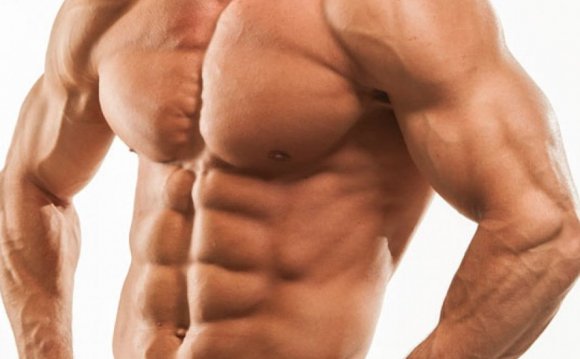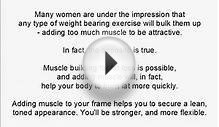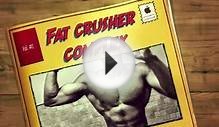
Joseph Giandonato, MBA, MS, CSCS and Victor Tringali, MS, CSCS
Posted:Have you met a bro-scientist? You know, the guy at the gym who, like his kissing cousin the “amateur golf guru, ” is always full of tips. The bro-scientist, and his well-sculpted credentials, usually finds you after a particularly dissatisfying workout with some pointers on how many grams of protein you’ll need to consume in the next 15 minutes to “really make it count.” Or the one who just happens to be there when you’re still toweling down the treadmill from its workout to suggest that next time a few intervals of varying inclines combined with some side shuffles will actually make your body burn fat until you pound your daily glass of tepid lemon water.
You know those guys.
We’re not those guys. Okay, maybe at some point we could have been mistaken for those guys. But the set of scrabble tiles after our names is there to convince you that our suggestions are backed up by scientific facts, man. Basically, we’re fitness geeks—not bro-scientists. And to save you the better part of a decade of studying, here’s what we know about building muscle and burning fat that the bro-science is misinterpreting. But if you enjoy shuffling, uphill treadmill intervals, that’s cool too; just remember to use the safety clip.
Your body needs carbs. (And protein)
There are plenty of professionals out there who can tell you all about what to eat. In terms of using food to build muscle — which is what we study — it’s really important to consume carbohydrates, especially if you’re also working out.
As you’re probably aware, carbs are the body’s fuel. They are metabolized into the sugars your body uses to operate on daily basis and the ones that it taps into when you’re playing a sport or working out. Fat is essentially extra energy that the body is storing for later use. The goal of exercise is to put your body in a situation where it needs to use that stored energy—and continue burning it at a higher rate throughout the day.
If you’ve adopted a low-carb diet (like Paleo), there’s a good chance that your cutbacks have dropped you to about half of the carbohydrate calories your body needs to handle a vigorous workout. You’re probably going to experience some fatigue during your daily activity. And while that might not be anything out of the ordinary for a less-than-stimulating day in the office, it can cause some big problems when you head to the gym.
Inadequate carbohydrate consumption increases the levels of lactate in the body; this is the stuff that causes lactic acidosis, also known as cramping. When you enter into high intensity exercise, the body produces even more lactate…so you’re looking at even more cramping. On top of that, without carbs to burn you’re likely to become fatigued earlier in the workout. And when that happens you see a lot of bad habits and shortcuts sneak into your routine—the back isn’t quite as straight on the squats, maybe you start cheating on the reps. That’s not going to help you achieve the results you want and the bad form can lead to injuries—which is a big enemy of muscle building, fat burning and, likely, the diet that put you in this predicament.
INTERESTING VIDEO












